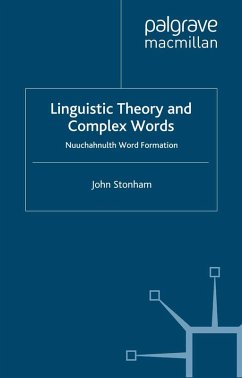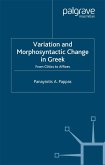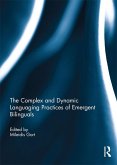Nuuchahnulth is known for its striking use of word-formation and complex inflection. This is the first book to provide a detailed description of the complex morphology of the language, based on material gathered when it was more viable than it is now. The description is embedded within a broad-ranging theoretical discussion of interest to all morphologists. It will provide an essential tool for researchers in Nuuchahnulth and related languages, in Wakashan in general and in Native American Studies.
Dieser Download kann aus rechtlichen Gründen nur mit Rechnungsadresse in A, B, BG, CY, CZ, D, DK, EW, E, FIN, F, GR, HR, H, IRL, I, LT, L, LR, M, NL, PL, P, R, S, SLO, SK ausgeliefert werden.
'...the most complete and detailed picture of the morphology available anywhere, and thus offers much to general typologists...despite the complexity of the subject matter, the prose is consistently clear and the argumentation well reasoned. This book will prove essential to anyone attempting to unravel the many intricacies of word formation in this language. Anyone interested in the topic of polysynthesis cross-linguistically should certainly take stock of the data so expertly accounted for here.' - Edward J. Vajda, Western Washington University, on Linguistlist









